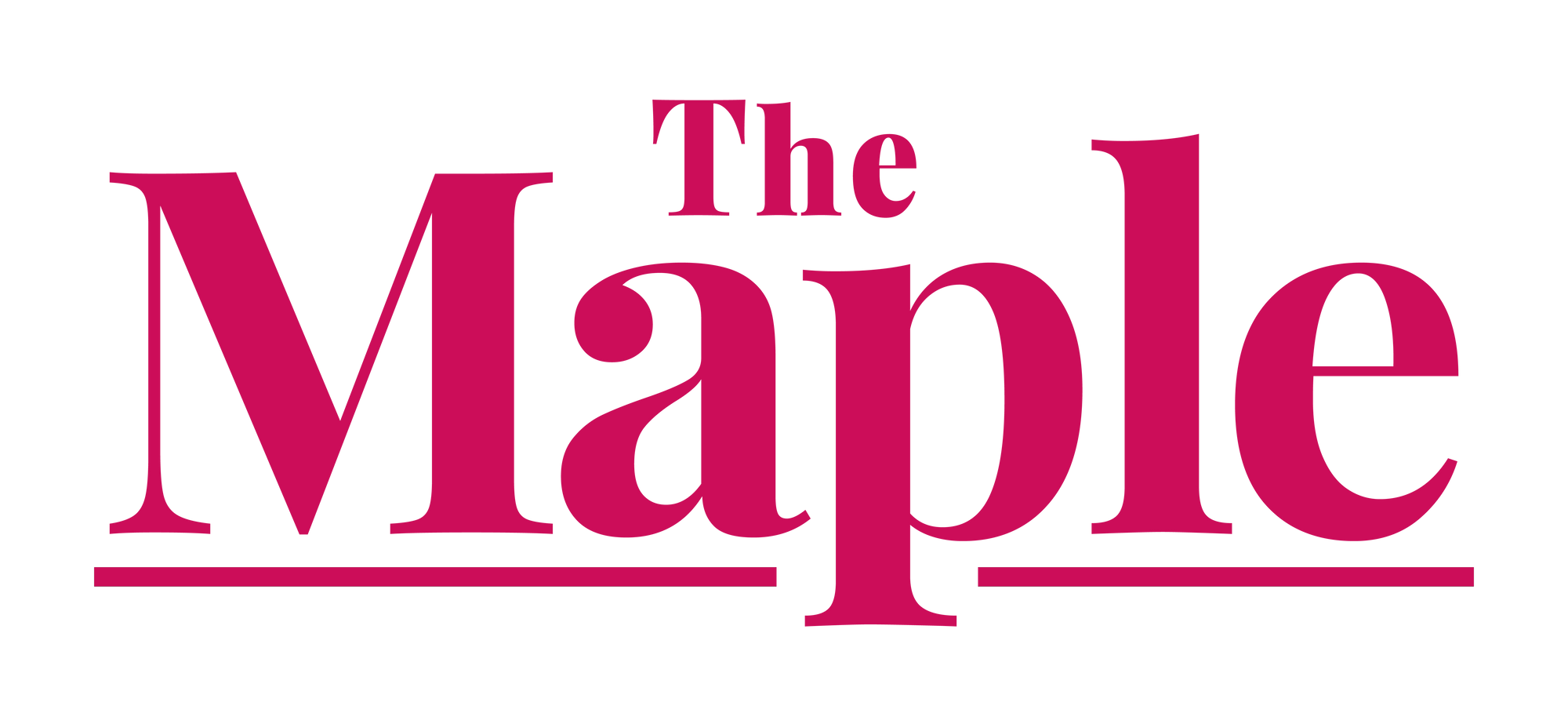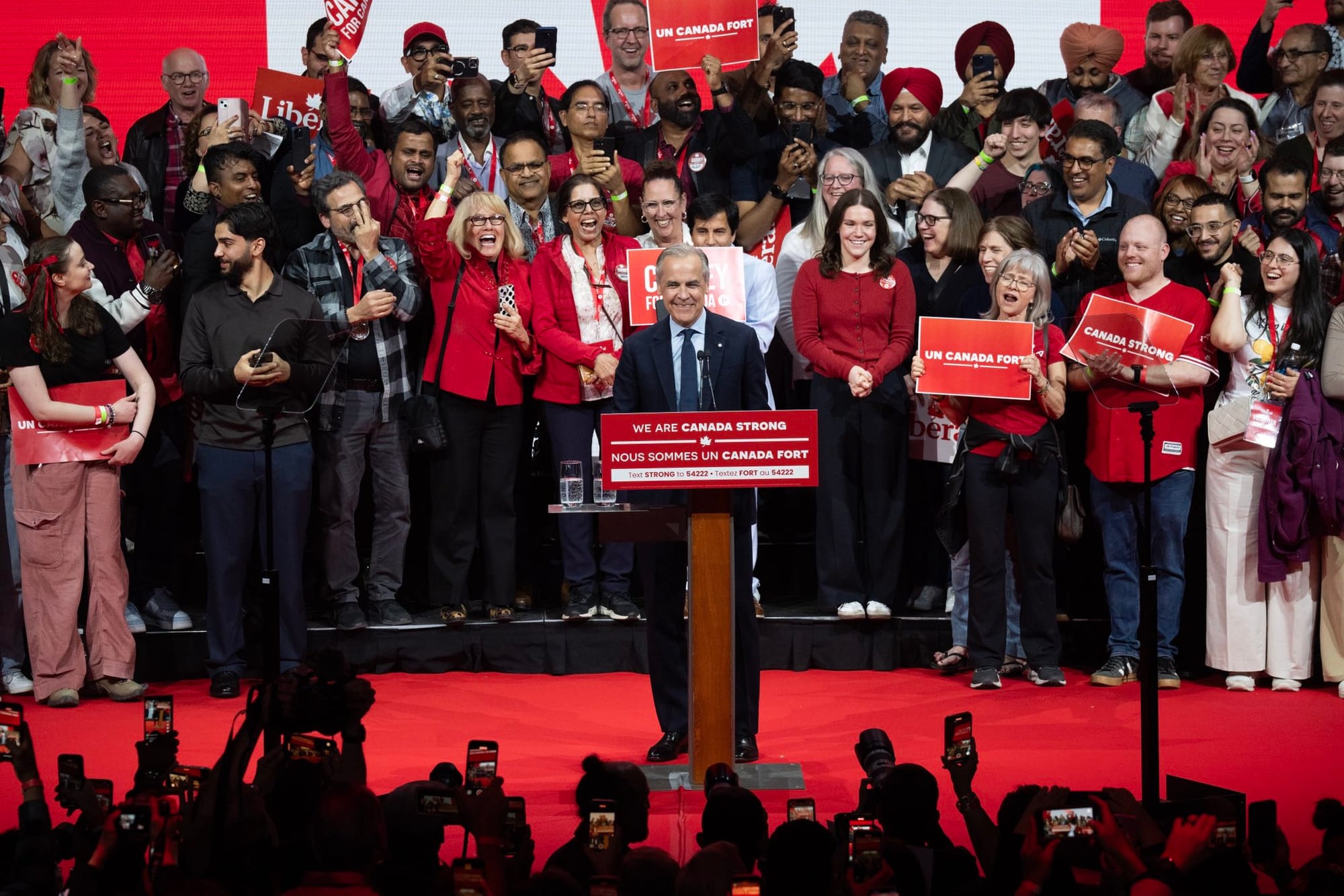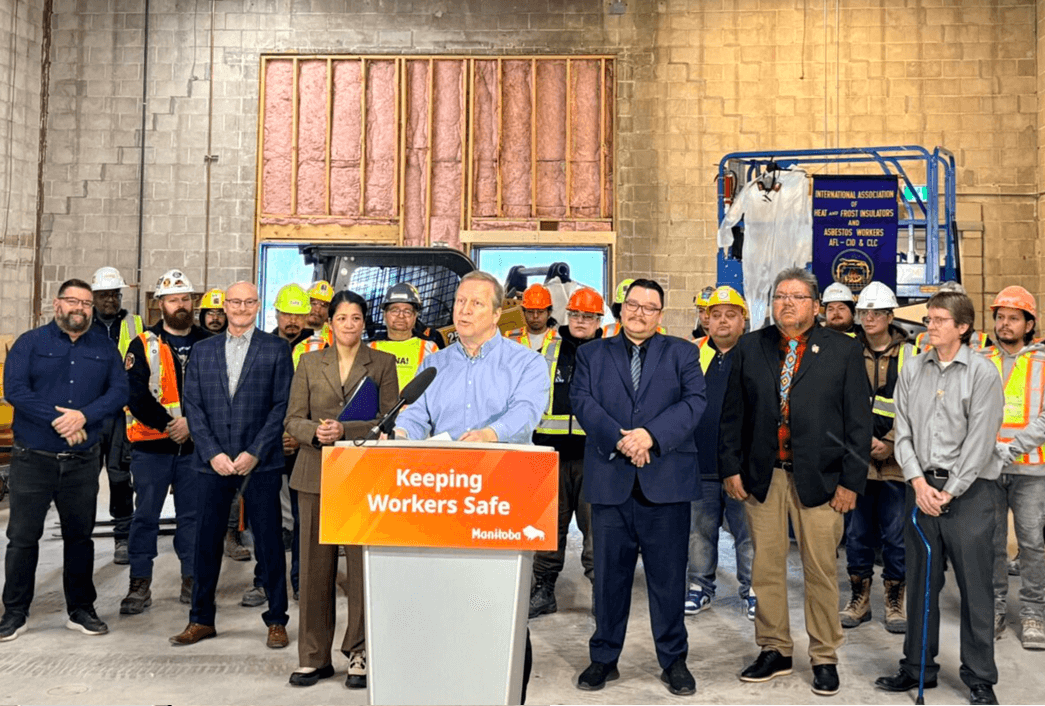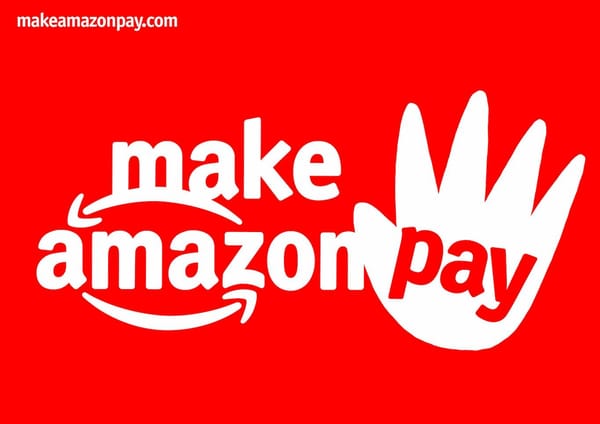
Canada has another Liberal minority government, this one headed by former central banker and consummate transnational technocrat Mark Carney.
Though the full-on catastrophe of a Conservative government was avoided, the country has taken a giant step rightward, with the tepid electoral left decimated and labour seemingly unable to influence the choices of working-class voters. The Carney Liberals, despite failing to secure a majority mandate, may soon set to work shoring up Canadian capitalism and imposing the costs of restructuring on workers, particularly in the public sector. There are, unfortunately, dark days ahead.
The Liberals managed to clench victory from the jaws of defeat, improving their seat count from 160 to 169, yet remaining three MPs short of a projected majority. Only mere months ago, the natural governing party looked poised to take a pummelling at the hands of Pierre Poilievre’s increasingly extremist Conservative Party. Then, United States President Donald Trump entered the fray and threw sand in the gears.
With near-term economic uncertainty brought on by the American tariff threat, Carney’s steady hand and image as a crisis-manager was enough to convince voters to allow the Liberals to keep hold of the keys to power. For now, anyway.
Progressive-minded people are breathing a sigh of relief, understandably. We may have dodged a bullet momentarily, but the right has many more in the chamber. If the next Liberal government doubles down on centrism and fails to address the material needs of workers — which it looks hardwired to do — we will find ourselves with the very same dilemma in due course.
The humour of Poilievre losing his Ottawa-area seat aside, we should be under no illusions about any supposed weakness in Canadian conservatism. In some ways, the same dynamic thus continues. The Liberals fail to deliver. Workers struggling with the cost-of-living crisis become more disillusioned. The right makes further inroads.
Without the influence of Trump, we would likely now be instead contending with a Conservative majority government helmed by the party’s most right-wing leader ever.
In fact, the Conservatives made significant gains, despite failing to achieve the electoral outcome they desired. Across the country, the rightward drift is readily apparent, with Conservatives growing their seat count from 119 to 143 and their popular vote share from 33.7 to 41.3 per cent from 2021 to 2025. Moreover, the right secured growth as voter turnout rose by more than 6 percentage points.
At the same time, the NDP took a pounding, turning in its worst election performance since the party’s founding in 1961. The ostensible social democratic alternative dropped from 24 seats to only seven, and lost official party status. After coming up short in his Burnaby South riding, Jagmeet Singh will step down as party leader.
Worse still, the NDP lost critical opposition voices. After holding her seat in northern Manitoba since 2008, Niki Ashton lost to Liberal Rebecca Chartrand by 16.7 percentage points. Meanwhile, Liberal candidate Aslam Rana managed to overtake Matthew Green, flipping a Hamilton Centre seat that has been an NDP stronghold since it was created in 2004. The remaining NDP MPs can vote with, and perhaps secure some minor concessions from, the Liberals, but the party’s capacity will be hamstrung.
The Bloc Québécois lost nine seats, leaving the Carney Liberals with much less opposition in Parliament to their left, a dangerous arrangement.
Perhaps most troubling, the Conservatives made gains throughout the Hamilton-Windsor area, the once industrial heartland of Canada. In Windsor West, Conservative Harb Gill bested NDP incumbent Brian Masse, a federal MP since 2002, by more than 11 percentage points. While the Liberals kept their urban seats around Hamilton, St. Catherines and London, the Conservatives secured all the remaining ridings.
The federal NDP is now entirely shut out of Ontario. This at a time when Trump’s tariffs threaten the very industries on which the livelihoods of auto and steel workers in the area depend, and with a federal Conservative Party led by a man with open contempt for public sector workers.
As deindustrialization has hollowed out large sections of the industrial working class, and with it the unions that sustained working-class power in these regions, right-wing politics is filling the void. As historian Steven High aptly put it in The Globe and Mail, “old social democratic bastions” that were “once anchored in highly unionized industrial towns and resource regions in English-speaking Canada [...] have been falling like dominoes, largely to conservative parties.” With private sector union density barely treading water at 15 per cent, the capacity of unions to politically organize and orient workers has been enfeebled and appears to be getting worse still.
Where unions remain, they are clearly losing the ability to communicate effectively with and mobilize their members when it comes to electoral politics. Conservatives could only pull off such an electoral success in the Hamilton-Windsor area — and in other working-class communities across the country — with sufficient numbers of private and public sector union members choosing blue in the voting booth. NDP party staffers seeking the endorsement of union leaders is no substitute for activating members and involving them locally in campaigns.
By contrast, it is increasingly Conservatives who are speaking directly to workers about pocketbook issues, even if their right populist rhetoric amounts to little more than warmed-over neoliberalism disguised as an attack on supposed “gatekeepers” and elites. Although the U.S. trade war interrupted Poilievre’s push to secure more union endorsements and bring greater numbers of workers into the Conservative tent, the election was also clearly no rebuke of the party.
Labour and the left have had plenty of time to craft a coherent response to the right’s appeal to workers. Before Poilievre, the previous two Conservative Party leaders were deploying variations on the same theme. Both Erin O’Toole and Andrew Scheer offered up populist sounding policies and campaign messaging, under the surface of which were familiar neoliberal prescriptions. Ontario Premier Doug Ford has been running a more coherent and transactional version of this playbook with remarkable success for three election cycles now. Yet the labour movement has been unable to mount a counterattack.
Instead, the entire political orientation of party politics has moved rightward. The Liberal minority government we now face has committed to many of the right’s policy priorities, including expanded and expedited fossil fuel extraction, cutting taxes, and shrinking the public sector. At the same time, the U.S. trade war is putting not just the Canadian economy but the entire global trade system in jeopardy. Should the Carney Liberals respond by imposing the economic burden on workers, the rightward lurch will continue.
In response, we desperately need a renewed left-wing politics in this country, one that is unified under a single party umbrella. Strategic voting has splintered the working-class vote three ways (four in Quebec) and delivered little more than a few Conservative defeats here and there while the overall political orientation moves right. If such unification is to take place within the NDP, then the party needs to return to its roots and be a champion of working-class interests rooted in the communities it represents. Centrist social democracy has not and will not replace the Liberals.
No doubt, there are many unions doing excellent work on the ground and many more union members and activists making valiant efforts to arrest the rightward lurch of Canadian politics and fight for the rights and livelihoods of workers. But the central problem remains: Unless the Canadian labour movement can grow its base, it’s going to be impossible to course correct the political trajectory of this country.
For now, we need an unofficial opposition of mobilized workers ready to fight the coming attack, and, ultimately, prepared to build toward something better.
Recent Class Struggle Issues
- April 30 | Arbitration Can Be A Powerful Choice In The Union Playbook
- April 22 | A Major Canadian Union Is Calling For Pensions To Divest From Tesla
- April 14 | The Left Must Rebuild Our Electoral Power
- April 7 | Here Are Labour’s Policy Priorities For The Election







